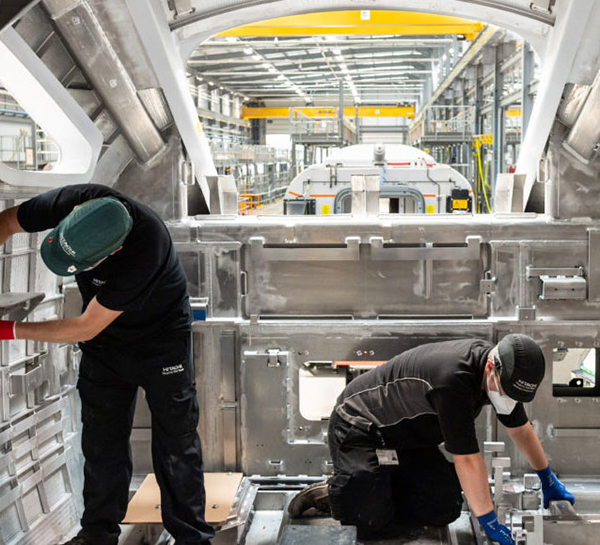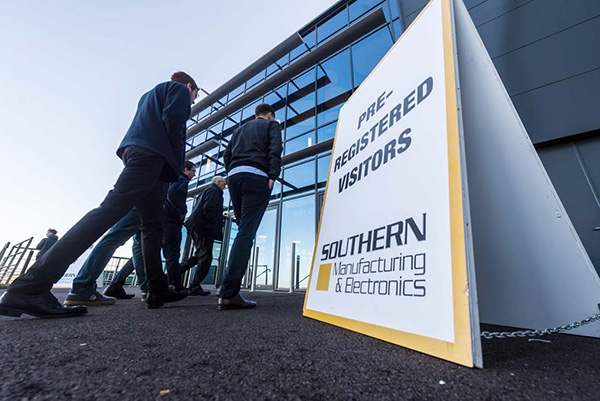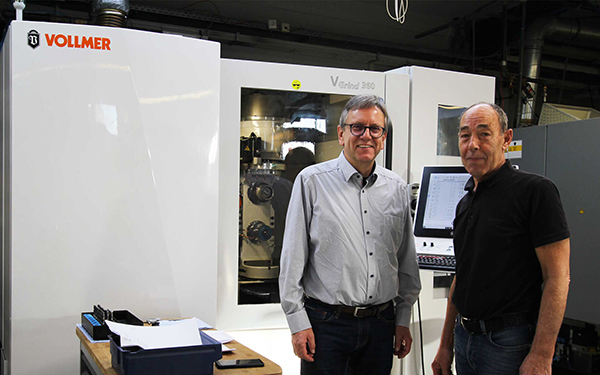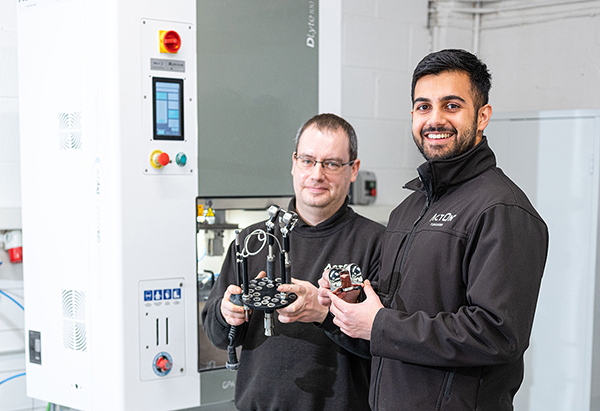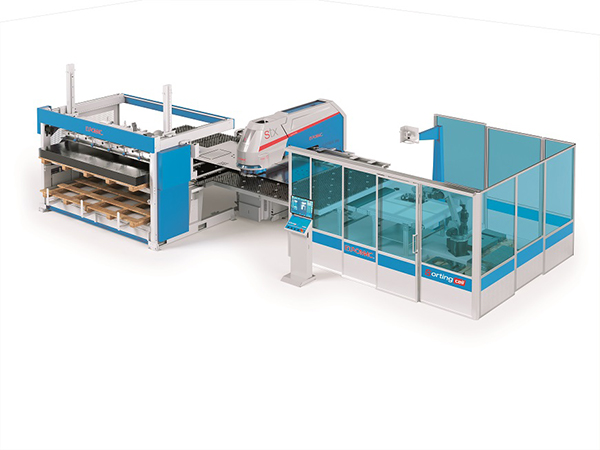Just 25 km lies between Ehingen-based tool manufacturer Schrode CNC-Werkzeugschleiftechnik and Biberach-based sharpening machine specialist Vollmer.

Both companies have had sharpening in their blood for generations: Vollmer develops grinding and erosion machines, while Schrode manufactures cutting tools for metals, composites or wood. Schrode’s list of customers includes companies from the automotive, tool manufacturing, mechanical engineering and medical technology sectors. To machine its carbide tools, the toolmaker uses two Vollmer VGrind 360 grinding machines with automation solutions, making true 24/7 unmanned production possible.
“At the core of our company today is a highly motivated team of 10 employees, combined with my father’s experience and my youthful enthusiasm,” says Christian Schrode, CEO at Schrode CNC-Werkzeugschleiftechnik. “Sharpening has been in our blood for five generations, and it has made us a reliable and flexible partner in the fiercely competitive tool-sharpening technology market.”
Schrode develops carbide-tipped tools such as milling cutters, drills, step drills and special tools with diameters of 0.2 to 100 mm. Batch sizes range from 1 to 5000-off.
“One of our strengths is the production of individual special tools that we develop in collaboration with our customers,” says Schrode. “We believe that it is important to cover the entire value-added chain when it comes to CNC tool grinding, from designing the tools and manufacturing, right through to aftersales services, such as regrinding.”
To manufacture its carbide cutters, two years ago Schrode opted to invest in two Vollmer VGrind 360 tool-grinding machines. With the HP 160 automation solution, Schrode can produce its tools around the clock in an unmanned operation. Thanks to the two vertically arranged spindles, the VGrind 360 enables efficient machining to be carried out on multiple levels, which can reduce non-productive times.
For further information www.vollmer-group.com







